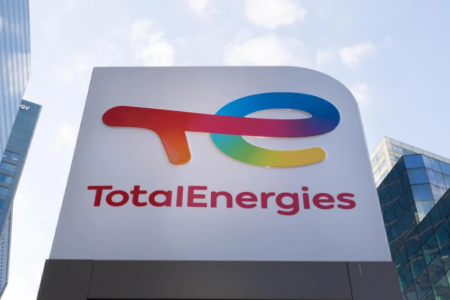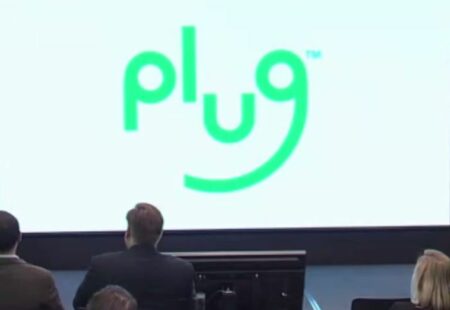According to study from Princeton University and the National Oceanic and Atmospheric Association, the use of hydrogen as a clean fuel may be constrained by a chemical reaction in the lower atmosphere.
This occurs because the same molecule that breaks down methane, a powerful greenhouse gas, readily combines with hydrogen gas in the atmosphere. If hydrogen emissions go beyond a certain point, a shared reaction will probably result in methane building up in the atmosphere, which will have long-term climate effects.
In a study that was published in Nature Communications, researchers analyzed the impact of hydrogen emissions on atmospheric methane, with Bertagni serving as the article’s lead author. They discovered that above a certain point, even while replacing the use of fossil fuels, a leaky hydrogen economy could hurt the environment in the short run by raising the atmospheric concentration of methane. The danger of harm is increased for ways of producing hydrogen that use methane as an input, emphasizing the urgent need to control and reduce emissions from hydrogen generation.
The hydroxyl radical, a tiny, challenging-to-measure molecule, is the cause of the issue (OH). Sometimes referred to as “the detergent of the troposphere,” OH is essential in clearing the atmosphere of greenhouse gases like ozone and methane.
Moreover, the atmosphere’s hydrogen gas and the hydroxyl radical interact. Also, because there is a daily cap on the amount of OH produced, any increase in hydrogen emissions would result in a reduction in the amount of OH available to break down methane. Because of this, methane’s warming effects would last longer in the atmosphere.
According to Bertagni, a hydrogen spike that could happen as government incentives for hydrogen production increase could have long-term implications on the planet’s climate.
Researchers found the threshold at which hydrogen emissions would start to reduce some of the short-term advantages of hydrogen as a clean fuel and start to raise atmospheric methane. By determining that threshold, the researchers created targets for limiting hydrogen emissions.
According to Bertagni, the essential threshold for hydrogen emissions is around 9% for so-called green hydrogen, which is created by using electricity from renewable sources to split water into hydrogen and oxygen. This means that atmospheric methane would increase over the following few decades if more than 9% of the green hydrogen produced leaked into the atmosphere — whether that be at the point of production, sometime during transport, or anywhere else along the value chain. This would negate some of the climate benefits of switching away from fossil fuels.
The emission threshold is significantly lower for blue hydrogen, which is hydrogen created through methane reforming with subsequent carbon capture and storage. Blue hydrogen generators must take into account direct methane leakage in addition to hydrogen leakage because methane itself serves as the main input for the methane reforming process. The researchers discovered, for instance, that even with a methane leakage rate as low as 0.5%, hydrogen leakages would need to be kept below 4.5% in order to prevent raising atmospheric methane concentrations.
The time range during which the impact of hydrogen on atmospheric methane is taken into account is crucial, the researchers underlined. According to Bertagni, even if methane and hydrogen leakage levels are high enough to cause short-term warming, switching to a hydrogen economy will probably still result in long-term climate benefits (over the period of a century, for example). When atmospheric gas concentrations eventually reached a new balance, he said, the shift to a hydrogen economy would show its benefits for the environment. Yet before that happens, there is a chance that the immediate effects of hydrogen emissions would do irreversible harm to the environment and the economy.
Hence, Bertagni warned that when hydrogen infrastructure starts to roll out, hydrogen and methane leaks to the atmosphere must be kept in check if institutions intend to fulfill mid-century climate goals. He added that regulating emissions will probably necessitate researchers to create better techniques for tracking hydrogen losses along the value chain because hydrogen is a tiny molecule that is notoriously difficult to control and quantify.








